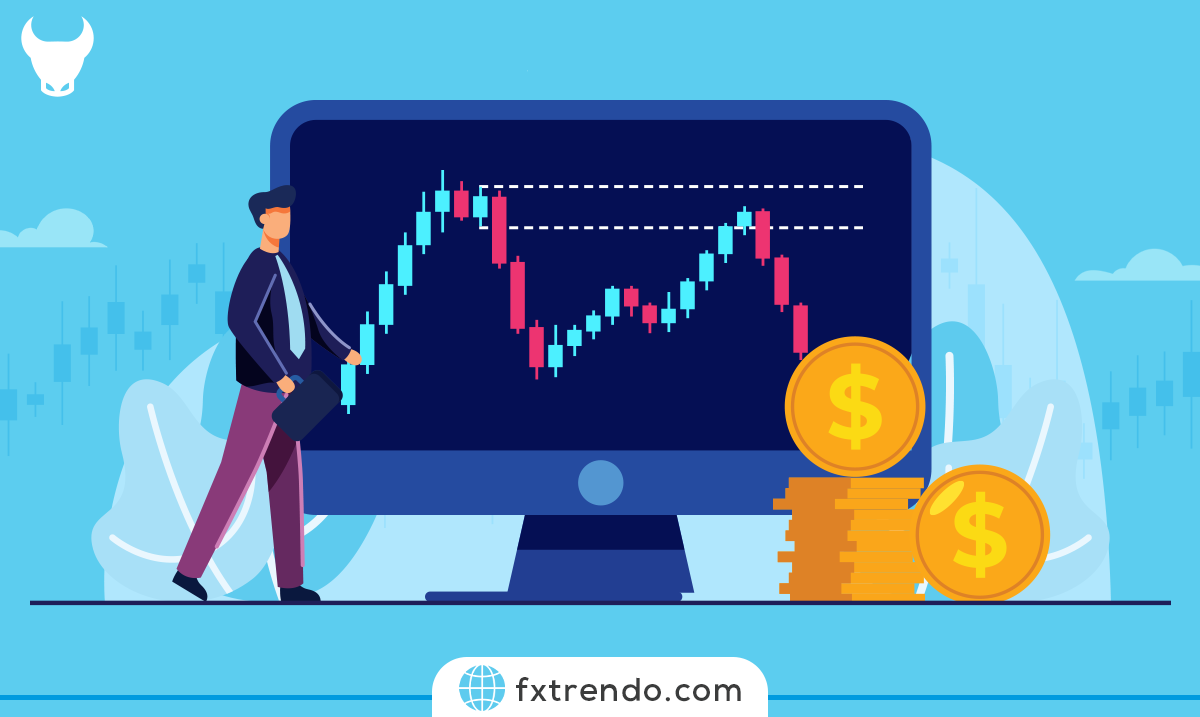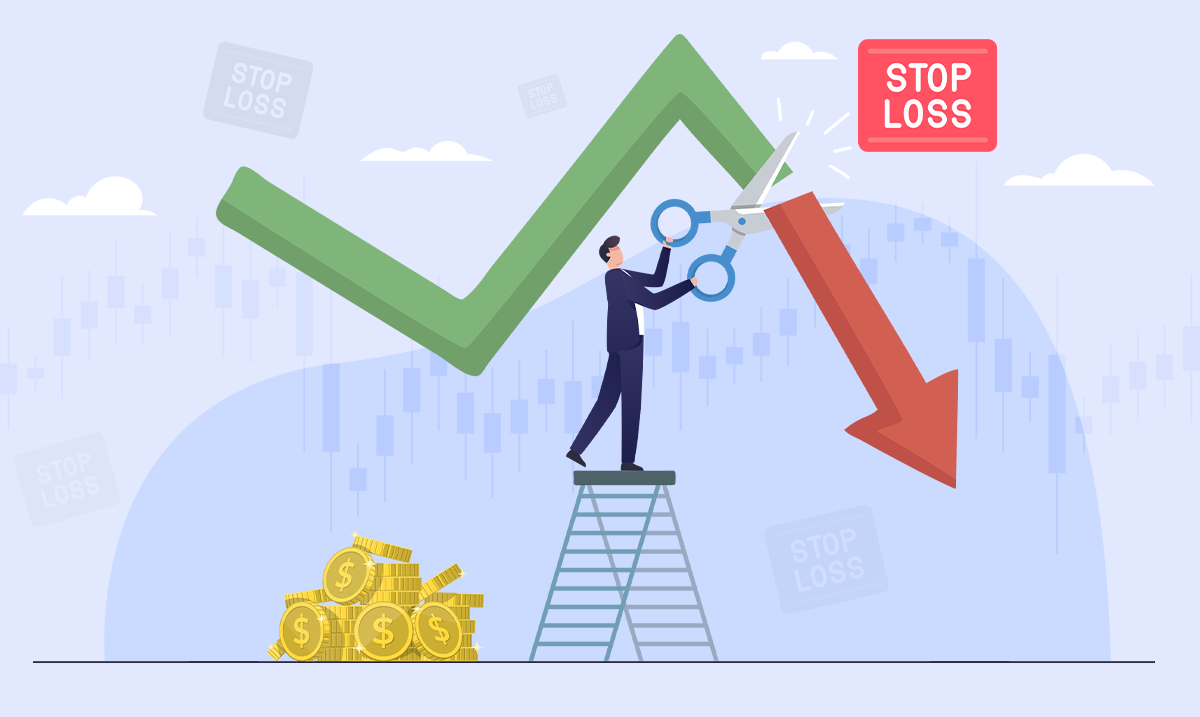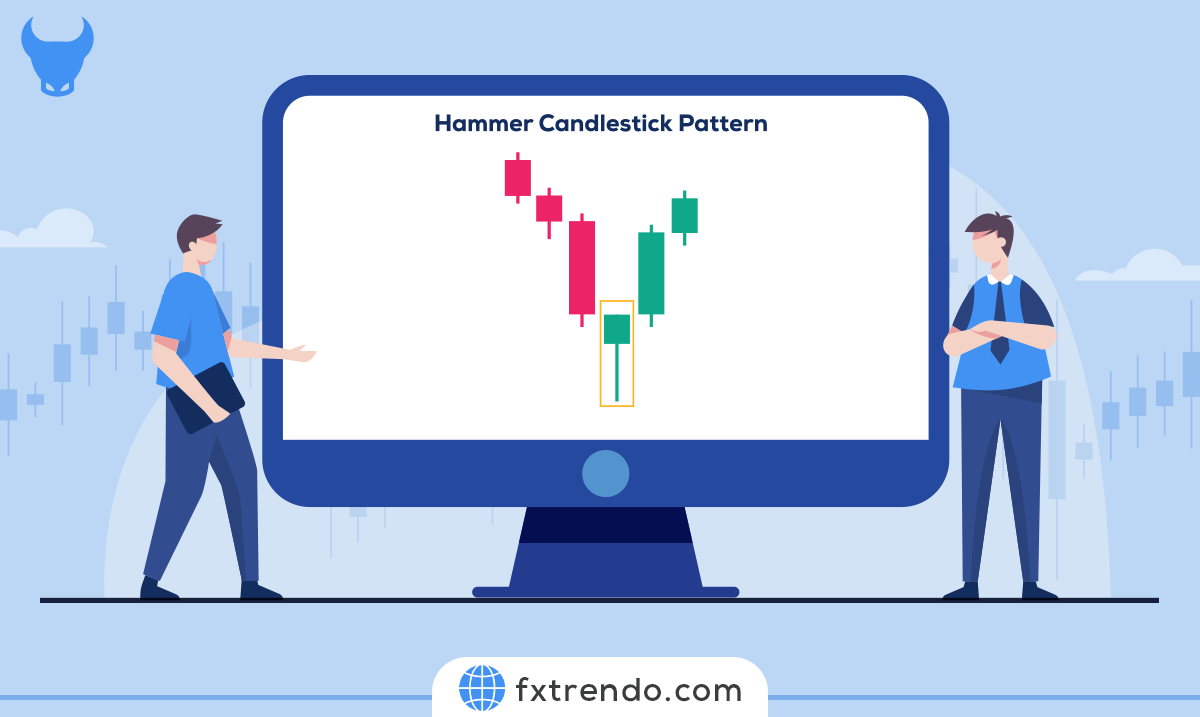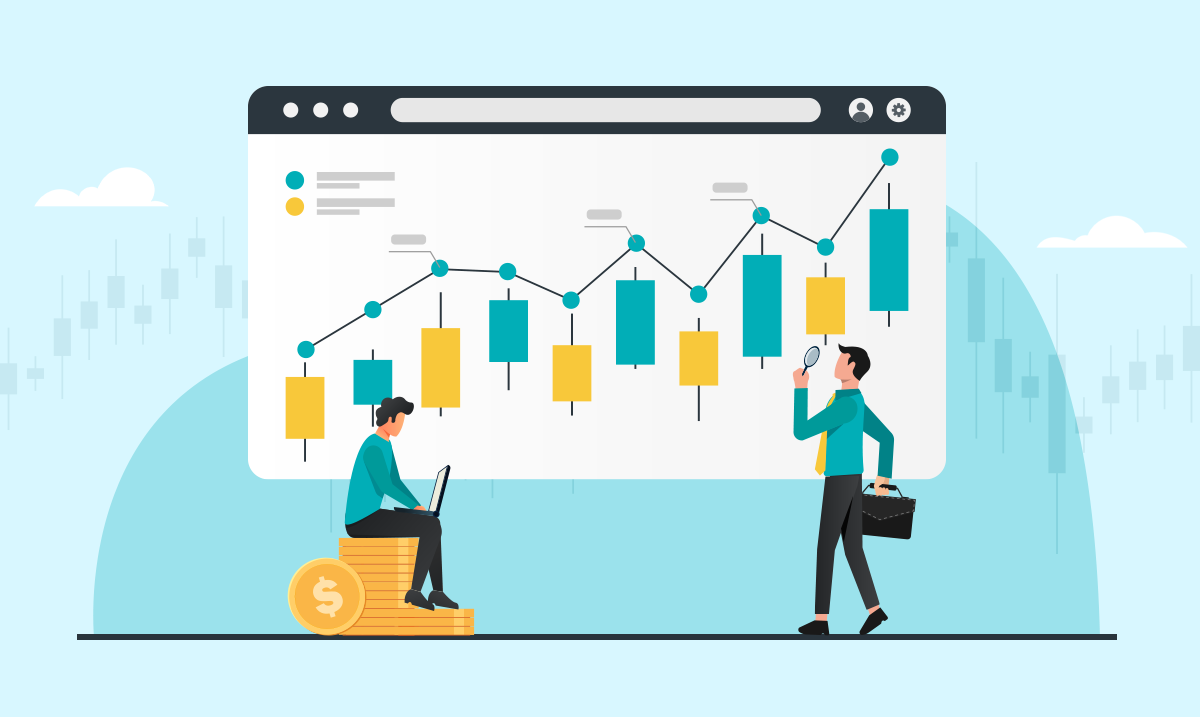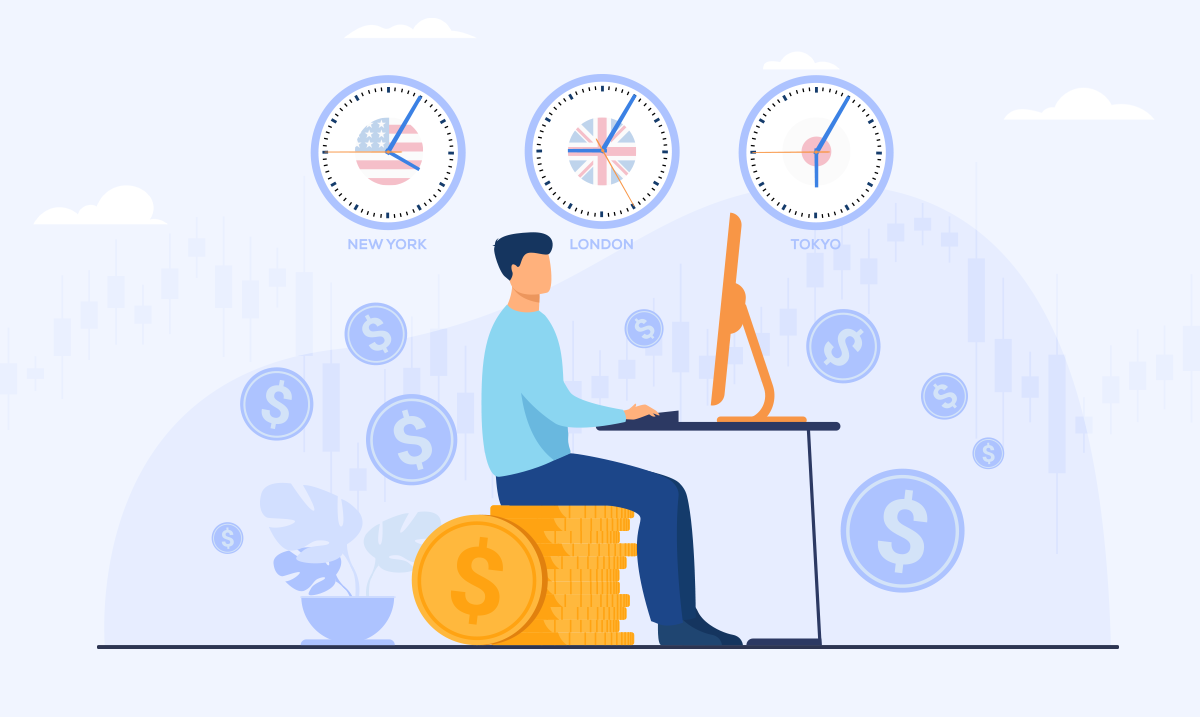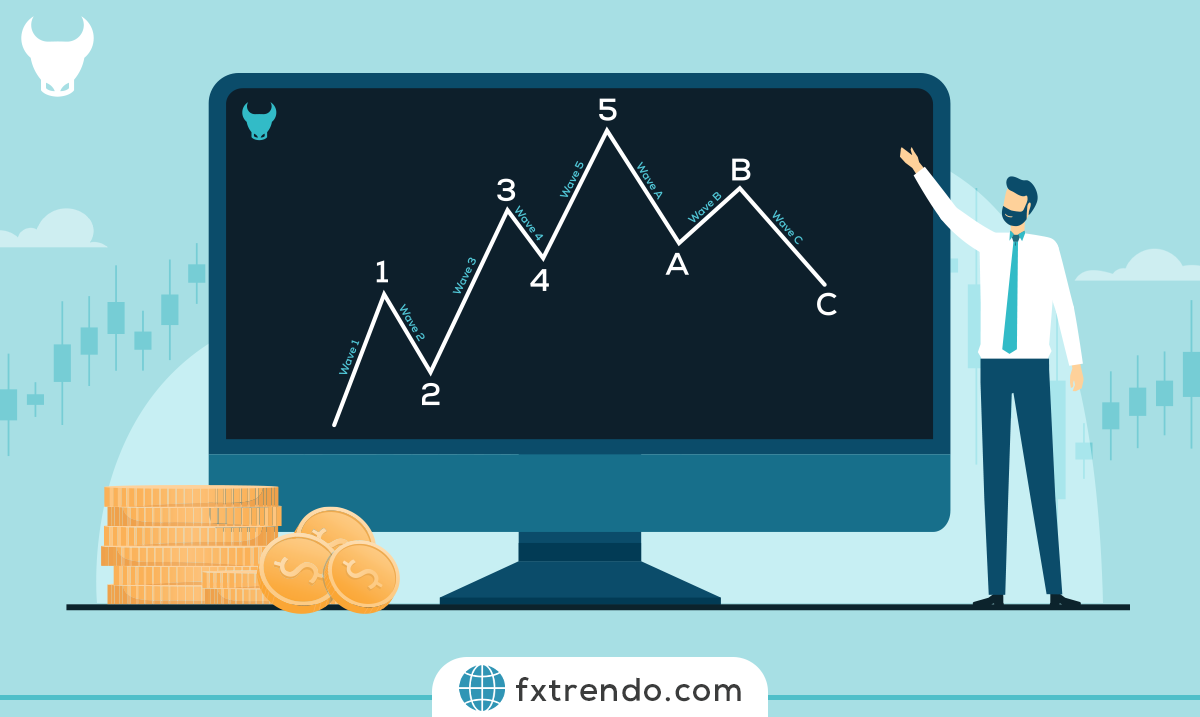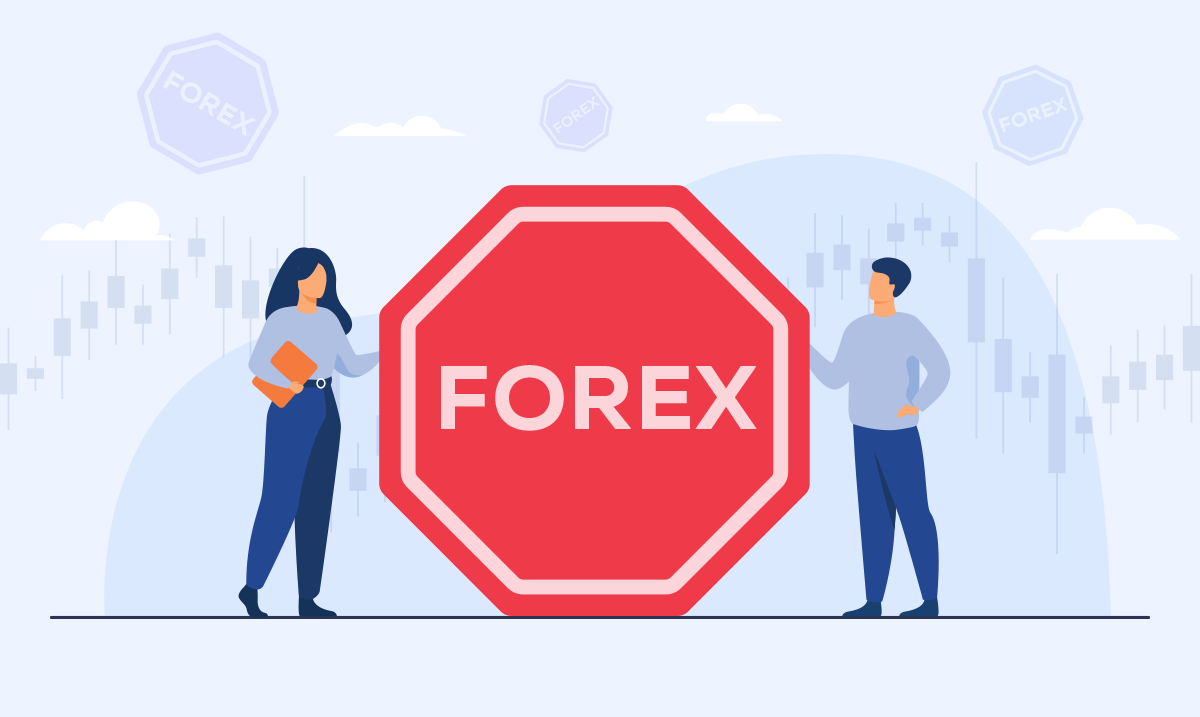2023-05-07 16:28
Capital Management, The Best Trading Strategy In Forex


Capital management plays a significant role in forex trading.Without proper risk and capital management techniques, trading will not differ much from gambling in a casino. If the trader does not respect at least the most important concepts in capital management, even the most profitable trading strategy will not bring positive results. To help you on your trading journey and show you the importance of forex capital management in trading, we have compiled a list of some top forex capital management tips that every trader should know.
Contents
Capital Management Importance In Forex
Capital management refers to some techniques to minimize losses, maximize profits and grow your trading account. A few top forex capital management techniques explained below will help you achieve this goal and protect and grow your income.
What Is Capital Management In Forex?
Many beginners in the market tend to ignore the importance of capital management in forex trading, which sooner or later leads to the complete deletion of their trading account. Before trading in the market, make sure you fully understand the capital management rules explained in our forex trading and you will soon notice the difference in your trading performance. Capital management plays a significant role in forex trading. Without proper risk and capital management techniques, trading is not much different from gambling in a casino, and any trading strategy is doomed to fail. If the trader does not respect at least the most important concepts in capital management, even the most profitable trading strategy will not bring positive results.
12 Golden Tips in capital management
We have collected the top 12 forex capital management tips that every trader should know. By studying and following these tips, you can do excellent capital management for your account, and the probability of account profitability will be high.
1- Trade only what you can afford to lose.
The first tip of forex capital management, and probably the most important tip for any trader, is to trade only what you can afford to lose. As a beginner trader, you should only deposit what you can trade with into your trading account and no more.
You may want to set a maximum acceptable loss per month and stop trading immediately if you reach this loss. The whole idea is that you're only risking the capital that, if lost, won't affect your life drastically. Never trade with money you need for essential items like rent, loans, food, etc. The forex market is not a guaranteed money-making machine. Some people end their forex trading career only by losing money.
2- Decide how much you want to risk on each trade.
One of the major capital management techniques in forex trading is the risk-per-trade technique. Risk per trade determines how much of your trading account you risk on each trade. As a general rule, don't risk more than 2-3% of your account on a trade, so you have enough capital to withstand the negative impact of losing days. It is always better to take a small risk and grow your account steadily than to take too much and blow your trading capital.
3- Do not trade too much.
You don't have to trade every hour or even every day. Wait for the setup trade to form according to the trading strategy & do not follow the market for trading opportunities. The market doesn't owe you anything and patience & discipline to stick to a trading strategy is the holy grail of profitable traders. Even the best forex capital management system will not help much if you make several trades without analyzing the market. Trading too much during the day is called overtrading. Traders who get overtraded will have their emotions overcome their trading strategy and eventually lose. Overtrading can be one of the most harmful habits of a trader.
4- From a certain point forward, Stop further loss but let your profit continue.
If you've been following trading tips, you may have heard the saying, "Cut your losses and let your profits run." Professional forex traders do that. They are very impatient with their losses and will close a losing position early, but let their winning positions continue. Market beginners do the opposite. They let their losses roll in, hoping the market will come back, and quickly close out their profits for fear of losing them.
Suppose that the account of two traders, X and Y, has a balance of $1000 in Trendo, and both intend to sell the gold symbol. Trader X sells gold with a trading volume of 0.1 lot at $1930 with a 1934 stop loss, and Trader Y sells gold without a stop loss with the same 0.1 lot volume. Suddenly, for various reasons, the gold symbol climbs a lot during the day, and at the end of the trading day, it rises to $1988. Trader x, who observed the stop loss, closes his trade at $1934 with a loss of $40 or 4%, his balance reaches $960, and he does not allow his loss to increase, which he can effortlessly compensate for in the following trades, but because Trader Y trades without a stop loss, his accountsuffered a lot so with $588 loss, i.e., 58%, his balance has reached $411, and he did not stop his loss in time, and his account is in a bad state.He gets stressed and anxious and cannot make the right decision where there is a possibility of stop-out and call margin, which means loss of capital. Click and learn about stop-out and call margin in forex.


5- Always use a stop-loss order.
Stop losses are the main basis for risk and capital management and should be any forex capital management program's integral part. A stop-loss order automatically closes your position when the price reaches a predetermined level, preventing more losses. All forex trading capital management strategies should include stop-loss orders. Without observing stop loss, an account, no matter how big, is doomed.
6- Trade with a Risk-to-Reward ratio (R/R) of at least 1.
Research has shown that traders who trade with a risk-reward ratio of 1 or higher are significantly more profitable than those trading with an R/R ratio below 1. The risk-to-reward ratio or R/R refers to the ratio between the profit and loss of a trade. For example, if you buy USD/JPY with a profit target of 100 pips and a stop loss of 50 pips, the R/R ratio of that trade will be 2. Then you need a relatively less amount of winning trades to break even. Using appropriate risk and reward in forex trading is significant because when your transactions are closed with a profit, the trading account will grow well, but when the transaction closes with a loss, the account will minimally reduce and will be much less than the amount of profit you have received from the previous trades.
7- Calculate your position size or trading volume correctly.
Many traders do not know how to correctly calculate their trading volume to maintain the defined risk of each trade. Position size or trading volume is significant in forex capital management because the trade's profit and loss are entirely dependent on the trading volume. Choosing the right trading volume in the forex market is significant because each transaction's risk amount is directly related to your trading volume. You can use Trendo's Forex calculator to calculate the trading volume. In this calculator, you enter the entry and exit points of the transaction for your desired volume, and you will know the transaction's risk, profit, and loss amount. Higher trading volume than capital management is a double-edged sword. Those magnified profits on winning trades turn into magnified losses on losing trades. Therefore, careful use of leverage is necessary.
Read more: What is Lot (trading volume)?
A few points about the trading volume size:
- The lower your stop loss, the higher volume you can use for trading.
- The higher your power and risk level, the higher the trading volume you can use.
- The more your account balance is, the more you can do transactions with a higher lot or volume.
8- Be careful when trading with leverage.
Leverage in financial markets such as forex is a tool that a broker provides to the traders to trade beyond their available assets and balance, so they can make transactions with a higher volume than their capital. The trader borrows money from his broker to open a leveraged position. For example, if a trader has a 1:100 leverage, he can open a position worth $100,000 with only $100 in his account balance. Therefore, high leverage can bring a good profit for traders, but if he buys a large volume, he has increased the trading risk and has not followed capital management. Although the trader can earn more profit, there is a possibility that he will lose his capital very quickly.
Read more: What is Leverage in Forex? (Use of Leverage in Forex)
9- Don't be greedy.
Fear and greed are among the most destructive sentiments in trading. With experience, you will learn how to manage your emotions so they don't interfere with your trading decisions. Greed is particularly damaging, and you must be realistic about what you can get out of the market. Don't overtrade the market, and don't set unrealistic profit targets that are impossible to achieve. A trade with a stop loss of 10 pips and a profit target of 1000 pips will likely result in a loss. Proper capital management cannot be done with fear and greed, and account losses will likely increase. It is important to note that all capital management points can be ruined by emotions, therefore, controlling emotions is necessary for capital management.
10- Use trailing stop to lock in your profit.
A complete forex capital management system should include various stop-loss order types for different market conditions. If a market is in a strong trend, it may be wise to use a trailing stop. This way, your profit will be permanently locked in while the trend continues, as the trailing stop will automatically move your stop loss order. Trailing a stop loss means moving it in a winning trade direction. That locks the profit and manages your risk. For example, when the transaction is in a good profit, it is better to place the stop loss at the entry point so that if the price reverses, your transaction will not lose and will be closed without loss. It is called risk-free to place the stop loss at the entry point.< Also, when a trade is reasonable in profit, the stop loss can be placed in profit, if the return price of the transaction is closed with an average profit. For example, if you made a transaction and the price has gone 70% of your take profit way, you can place the profit at 30% to 50% of your take profit path, so that if the price returns, the transaction does not close with a loss or without a loss but closes with a profit.
11- Withdraw your profit.
Many traders are guilty of never taking their profits or having a regular plan to do so. If you make a significant profit in your trading account, withdraw some of it, enjoy it, and do something worthwhile with that money. Taking profit from forex gives you a sense of satisfaction that you can concentrate on the following transactions with more peace of mind. As we mentioned at the beginning, one of the goals of forex capital management is to maximize your profit. To do this, you must be careful if there is a profit. The more money you have in your trading account, the more likely you are to trade it and possibly lose it.
12- Understand currency correlation.
Finally, understanding and using currency correlation should be part of all your forex investment plans and capital management strategies. The currency correlation shows how much the symbol's movement direction is dependent on each other. The correlation coefficient, which can have a value between -1 and 1, should be used to create a forex trading portfolio that will diversify the trading's total risk. For example, do not trade symbols with similar movements in the same direction at the same time, because if one of them incurs a loss, there is a high possibility that another transaction will also incur a loss.When checking currency correlations, you can have better transactions and perform better risk and capital management.
Summary
These few points about capital management in forex must be observed when working as a trader. Remember to stick to your rules once you've made them clear. For example, as part of your overall trading plan, you might choose the following forex capital management system:
- I don't risk more than 3% of my account balance per trade.
- I trade within the framework of my written strategy and do not trade too much during the day.
- I include using stop loss and controlled trading volume in my trades.
- My preferred risk-to-reward ratio is 1:2 per trade.
- My accumulated losses per week will not exceed 10% of capital. If I reach this goal, I will stop trading that week.
- I will withdraw my profit weekly or monthly.
Related Post
most visited








